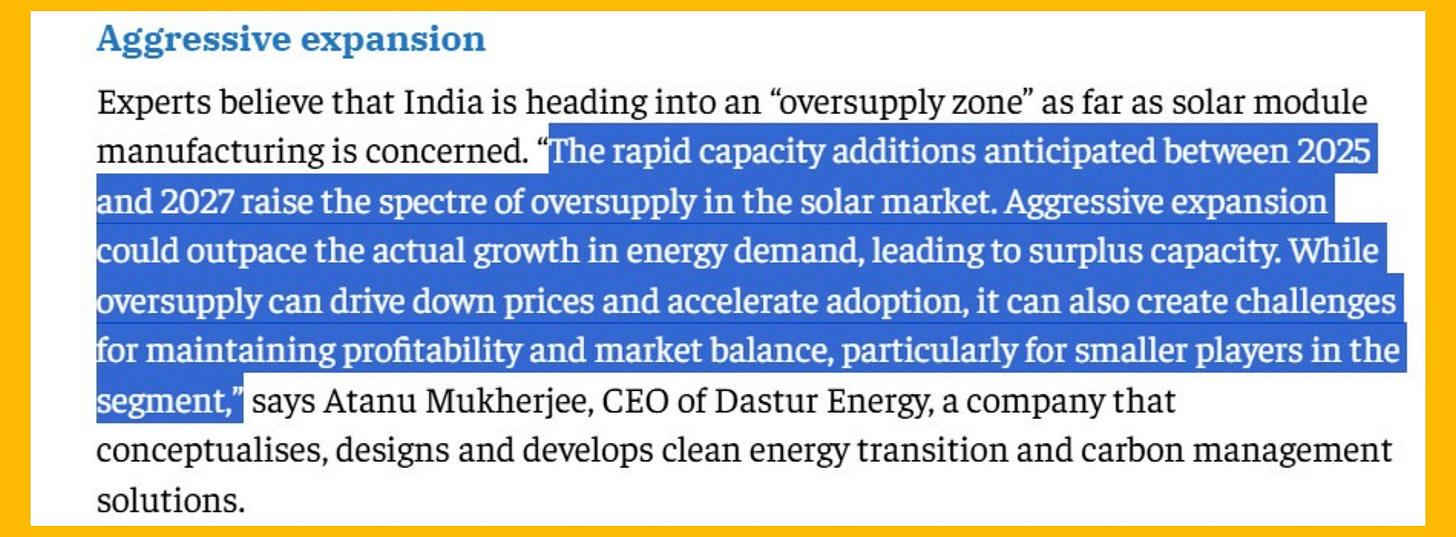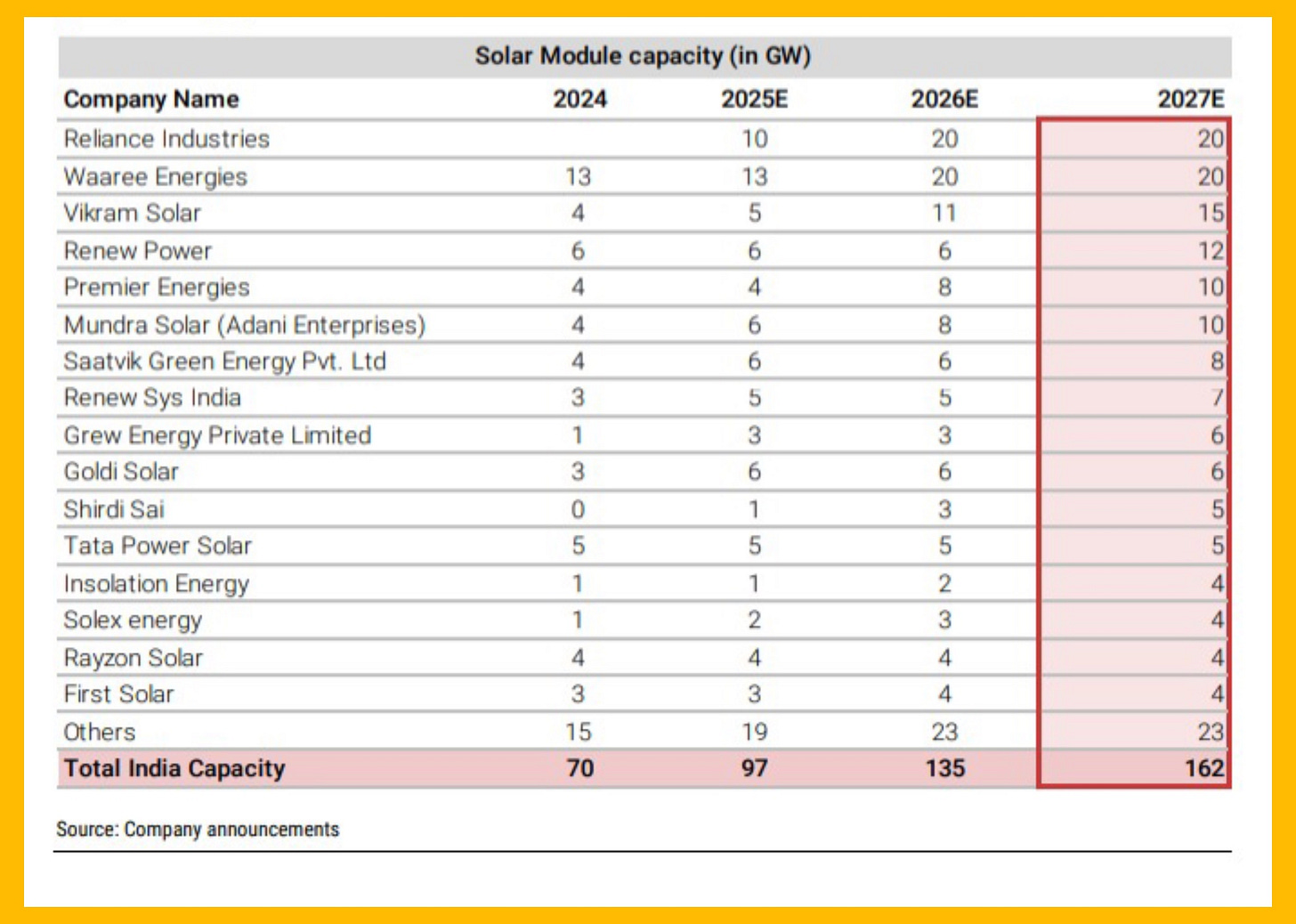Do You Ever Shop During a Sale?
Whenever a good brand organizes a sale, I often take advantage of the lower prices and shop more than planned. I bet many of you do the same too, right?
After all, who wouldn’t love getting more goodies for the same amount of money?
This feeling of “getting richer” because of lower prices is closely tied to a concept in economics called the Pigou Effect.
What is the Pigou effect?
The concept was given by Economist Arthur Cecil Pigou in 1943. Therefore, it is known as the Pigou effect, which explains how falling prices (deflation) make people feel wealthier and encourage them to spend more.
When the economy experiences deflation after inflation, prices tend to drop, and the money that was already saved during the inflation period becomes more valuable.
This means the same amount of money can now buy you a greater number of things (like the items we get in the sale), which makes people spend more and this extra spending helps businesses grow, creates jobs, and boosts the economy.
Pigou effect failed!
However, at times the cycle might not exactly play out. Let’s take Japan, in the 1990s The country experienced a period of deflation where prices kept falling.
According to the Pigou Effect, people should have felt wealthier and spent more, helping the economy recover. But what happened was the opposite.
Why? People believed prices would continue to drop, so they postponed their purchases, thinking they would get an even better deal.
This behaviour led to lower spending, reduced business earnings, and slowed down economic growth. Instead of fixing the economy, deflation became a trap, making the situation worse.
MEME OF THE WEEK:
Market Kya Keh Raha Hai, Sir?
Today let’s talk about the solar manufacturing industry.
India is on a solar power journey, and it’s not slowing down!
Before moving further, let’s decode a few terms to have a detailed understanding of this space:
Solar Cells: These are the smallest units in solar technology, like tiny engines that convert sunlight into electricity through the photovoltaic effect.
Solar Modules: When several solar cells are grouped and protected with a glass cover and sturdy frame, they form a solar module. It’s a durable, functional unit capable of producing more electricity than a single cell.
Solar Panels: These are the ready-to-use units made of one or more solar modules. Solar panels are what you see on rooftops, buildings, and solar farms. They’re the end product designed to generate electricity on a larger scale for homes, businesses, or even entire communities.
The solar industry has experienced massive growth, especially in the past five years, and is expected to grow by 18% CAGR till FY2030.
The government is also giving solar manufacturing a big push with:
Trade Barriers: Rules to reduce imports and promote "Made in India" solar products.
PLI Schemes: These are like benefits/subsidies for companies that manufacture solar parts locally.
As of now, India has 70 gigawatts (GW) of solar module capacity and 7 GW of solar cell capacity.
To give you an idea, 1 GW can power about 7,50,000 homes, which means we have a significant amount of capacity to serve.
But India wants to add approx. 90 GW of solar module capacity in the next three years, which is a big jump! However, since setting up factories takes time, we might not hit the full target immediately but may come close to it.
This growth sounds great, right? But what if I tell you that this growth will be attained with a potential problem of oversupply?
The Risk of Oversupply
Oversupply occurs when there are more products available in the market than there is demand for them. In the case of solar panels, if India continues to add capacity at a fast rate without enough demand to match it, we could see an excess of solar panels sitting unused.
This situation can lead to several problems:
Price Drops: When there are too many solar panels available, prices can drop significantly. While this might sound good for consumers, it can hurt manufacturers, as this situation can squeeze margins.
Impact on Smaller Players: Larger companies can afford to produce at lower costs because they have better technology, economies of scale, and access to more resources. Smaller players, on the other hand, have higher operational costs and might not survive the price war.

China is facing the same situation in the solar manufacturing landscape, where its rapid expansion has led to significant overcapacity.
Overcapacity in China
Out of every 10 solar modules globally, China produces 8. They have built a strong supply chain. However, this dominance has backfired on them:
Price Wars: Chinese companies are locked in fierce competition, driving down prices to such low levels that many companies are struggling to survive.
Rising Bankruptcies: This "race to the bottom" has already led to the bankruptcies of companies like LDK Solar and Zhejiang Akcome New Energy Technology Co., and has brought significant financial strain within the industry. Bigger players like Longi Green Energy Technology Co. have so far survived billions of yuan in losses by imposing production halts and layoffs.
Solar Curtailment: China has built so many solar panels that its electricity system (called the grid) can’t handle all the energy being produced. This means some of the extra solar power goes to waste. If this keeps happening, China might stop approving new solar projects until the grid is upgraded to handle more energy.
India’s Learning from China
Avoid Overcapacity: Overproducing solar panels without matching demand can lead to falling prices and financial struggles for manufacturers. India must carefully balance production with market demand to prevent similar issues.
Strengthen Grid Infrastructure: To avoid wasting extra solar energy, India needs to upgrade its electricity grid. Along with increasing production, the focus should be on developing new technologies and investing in large-scale batteries to store surplus energy for future use.
Support for Smaller Players: To ensure a healthy market, the government can provide more subsidies, affordable financing, and other incentives to smaller manufacturers to maintain a healthy ecosystem.
Explore Export Opportunities: India can target new markets in Asia, Africa, and Latin America, where demand for renewable energy solutions is rising. Diversifying exports can reduce reliance on domestic demand and create global opportunities.
What More Caught My Eye.
The rise of rural consumer is changing FMCG
How did PayTM turnaround?
Is the US stock market in bubble territory?
What is the cost of equity?
Impact of Kinder Joy x Harry Potter Collaboration
Recommendations:
For this week, I have an amazing video for you all; it’s a podcast featuring Amit Jeswani, the founder of Stallion Asset Pvt Limited, one of India’s leading portfolio management services (PMS) platforms.
In this episode, Amit shares his inspiring journey of building Stallion Asset and talks about smart strategies to pick the right stocks and stay resilient during challenging market phases.
This is a must-watch for anyone who is looking to build their framework and make smarter financial decisions.
Thanks for reading this weekend’s newsletter! I’d like to know what you think, so feel free to drop your comments below. Your feedback helps us improve!
And don’t forget to like, share, and restack
Song of the Week:
This is Parth Verma,
Signing off.







I dint understand why it is titled Courage Creates Clarity. Am I missing out something.
Sir grateful to you for all this information! I get to learn a lot in such a short span of time! Thank you so much!